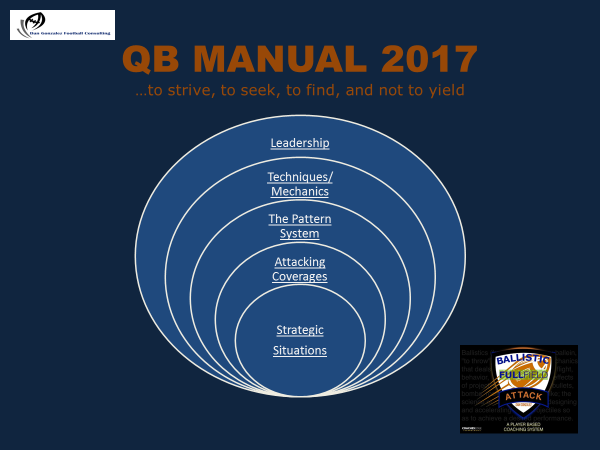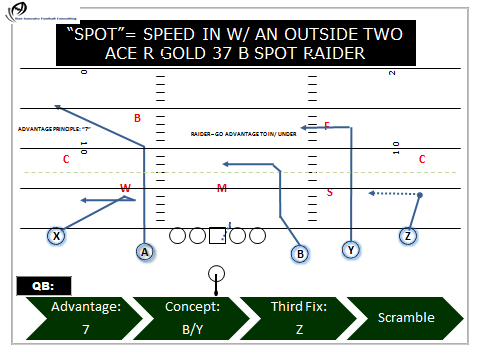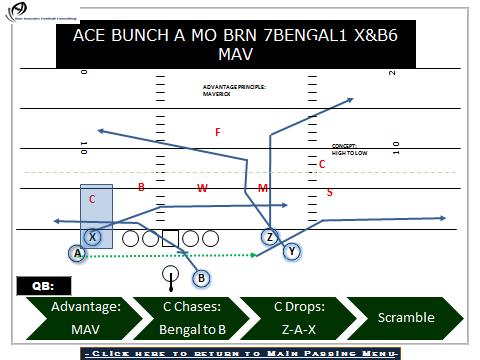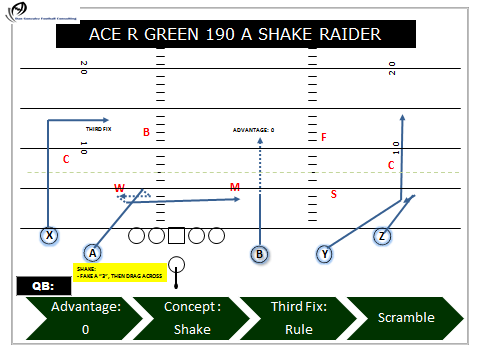Something I have familiarity with is MAN TO MAN COVERAGE (and how to beat it). On a State Championship team in Texas (Shameless plug: Go Cats!), our coverage schemes were almost purely man coverage. Then, I graduated and played at Texas, where DBs actually had black t-shirts emblazoned with the motto “Real men play man-to-man” – every day in practice was a grueling, 2 hour challenge on beating press against a defensive backs room was littered with All Conference and All American players. But – this all made me a better player. And, it made me realize that pressure was many times brought on THE OFFENSE. After the Seahawks destroyed the Broncos in Super Bowl 48, this point was made HERE.
Many people will incorrectly associate man coverage with pressure. While it is true that teams can blitz out of man coverage, recent study has revealed a higher percentage of zone blitzes at many levels. A man coverage call will not cause a pass rusher to “rush harder”; what happens many times is that the offense, because it has not effectively prepared itself to deal with (and dispose of) man coverage, will resort to tactics that take the onus off the play caller, but add to the burden of the player. One example, and a personal pet peeve of mine, is calling exclusively quick routes in this situation. As someone who has been asked to run a slant vs. an inside leverage corner over and over again, I can attest that it is not an easy task! Neither is expecting a completion on fade after fade. What the QB needs is to see separation; what the receiver needs is the opportunity to make the defender indecisive, to turn his hips, and the chance to separate.
As with many cases, the New England Patriots teach us a great deal about football common sense. I went back into the last few drives in their epic comeback against the Falcons, in which the point is made demonstrated – one must maintain a diverse attack vs. man coverage, and feature route stems that allow people to separate.







 RSS Feed
RSS Feed
